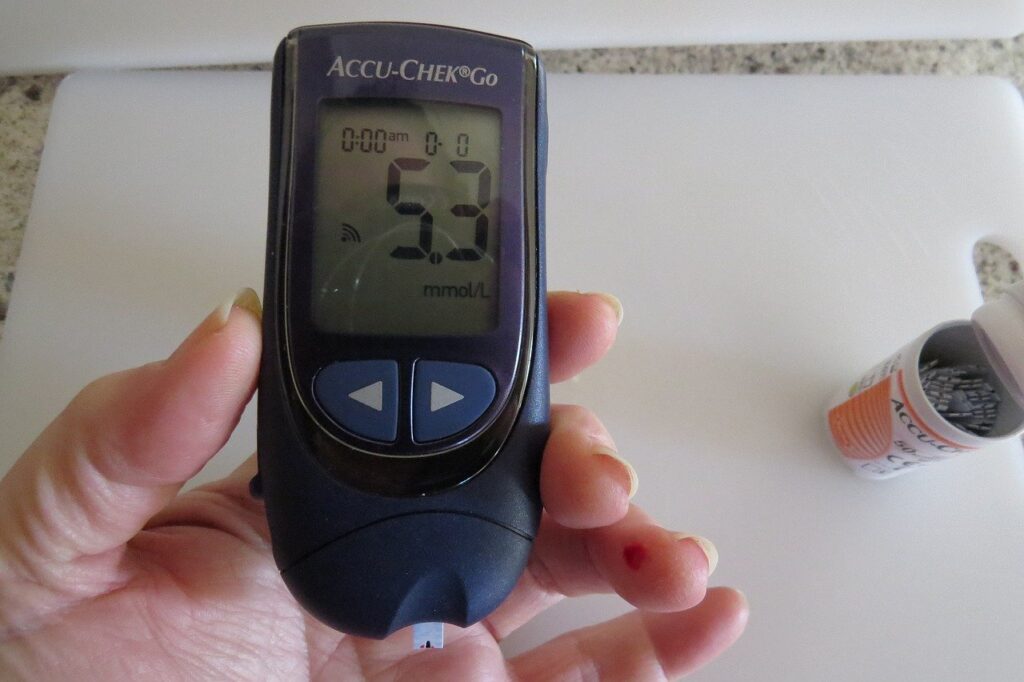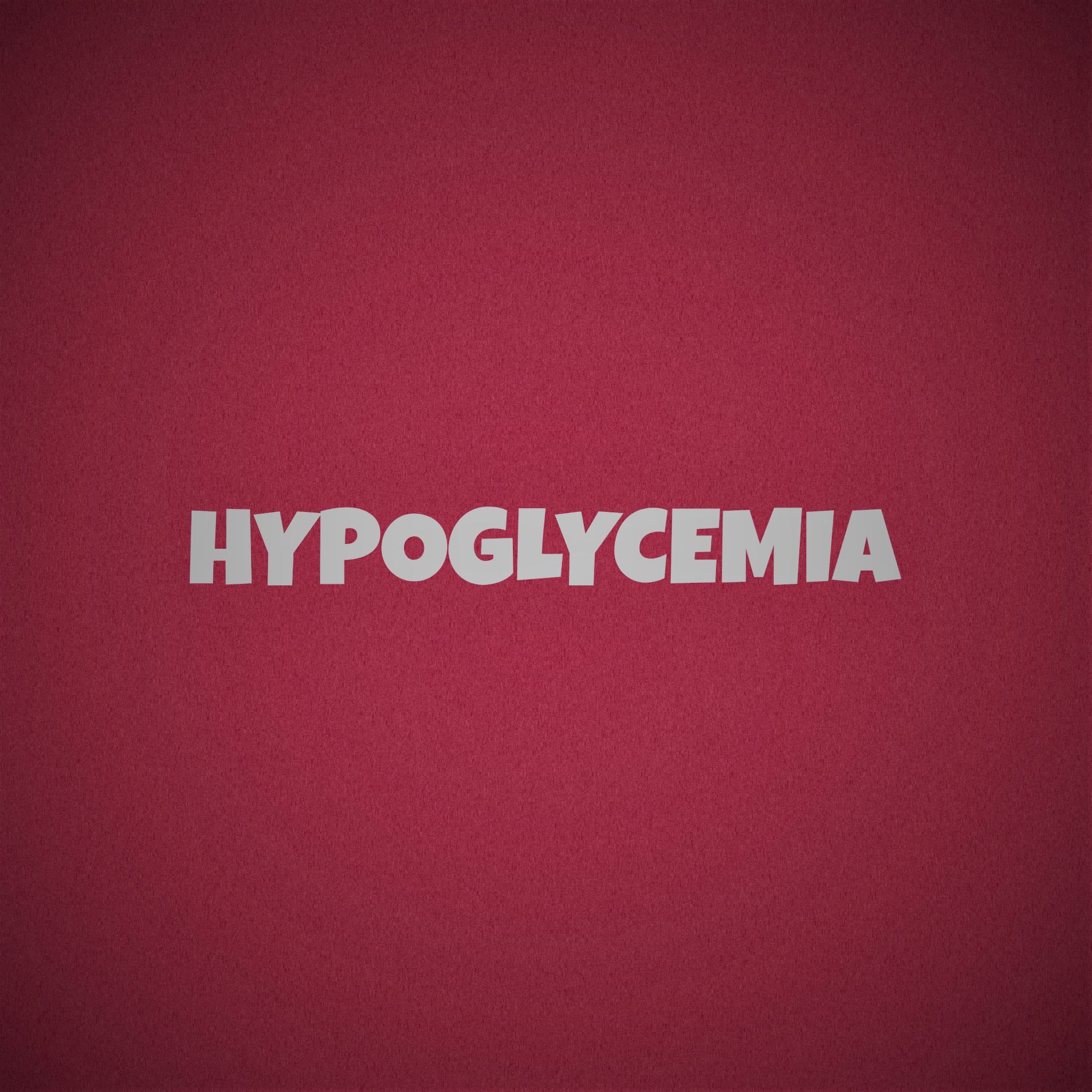Hypoglycemia is an etiological condition which has the following:
- Initially, there is a decrease in plasma glucose levels to <2.5 – 3 mmol/l ( <50 mg/dl ) in the blood stream. Additionally, there are alterations of absolute blood glucose levels which causes the manifestation of the symptoms
- Decidedly, Whipple’s triad can be used here to diagnose the disease. These include:
- Initially, Symptoms that are significantly consistent with decreased sugar levels
- Secondly, the Initial calculation of low plasma glucose concentration.
- Finally, Relief of symptom
It is certainly seen commonly in cases of diabetes mellitus.

Etiology and causes of hypoglycemia:
Primarily, the disease has been observed in the following:
- Patients who are taking medication for:
- Critical illness :
- Cardiac, hepatic and renal failure
- Sepsis
- Prolonged starvation
- Drugs (In contrast to Alcohol consumption):
- Insulin
- Quinine
- Quinolones
- Hormone Deficiency :
- Glucagon
- Growth hormone
- Cortisol
- Mesenchymal tumors
- Critical illness :
- Also, people who are fit and stable :
- Exercise
- Accidental or malicious
- Endogenous hyperinsulinis
- Pancreatic beta cell tumor
- Insulin autoimmune hypoglycemia :
- Antibody to insulin receptor
- Functional beta cell disorders :
- Post-gastric bypass hypoglycemia
Clinical features of hypoglycemia:
- The main symptoms in patients are illustrated by the following in particular:
- Palpitations
- Tremors
- Anxiety
- Sweating
- Hunger
- Paresthesia
- Behavioral changes
- Confusion
- Fatigue
- Seizures
- Loss of consciousness
- Above all, Death if the condition is serious
- Signs for example:
- Tachycardia
- Pallor
- Cardiac arrhythmias
- Last but not least, Increased systolic blood pressure
Diagnosis:
- It should be noted that diagnosis is vital in cases of reduced blood glucose level and to prescribe appropriate treatment to the patients for stable maintenance of glucose levels.
- The main parameters and investigations for diagnosis of diabetes should be as follows:
- Firstly, Fasting blood glucose levels: A test on an empty stomach early in the morning
- Secondly, Post prandial sugar: It should be performed after >1- 2 hours of consumption
- Finally, Random blood glucose level
- Frequently monitoring the insulin levels is mandated and it should be noted that the following tests are recommended:
- Proinsulin
- C-peptide
- Sulfonylurea
- Ethanol
- Cortisol test
- HbA1c
- In addition to this, these test should be repeated subsequently every 3 months
Treatment:
Undoubtedly, we can use Acute management to treat the disease. These include:
- Firstly, to continue the consumption of fruit juices ( rapidly absorbable sugar )
- 5-10% Dextrose solution
- Also, monitoring of glucose for 24 hours in cases of sulfonylurea
- Treatment for the underlying factors that cause the disease
- Emphasis on reducing the medication portion consumption to maintain normal blood glucose
- In addition, we can use Diazoxide or octreotide therapy
- Also, monitoring the Dietary intake
To conclude, please refer these books for a detailed description of the disease:
- Harrisons book of internal medicine
- Goldman cecil.
- Davidsons essentials in conclusion
Also, please check out our other health related blogs here.

